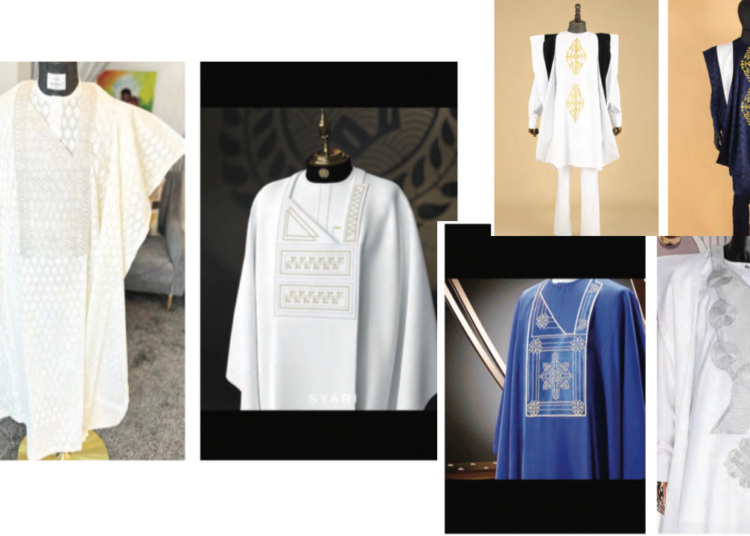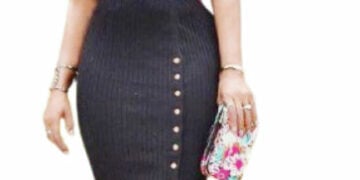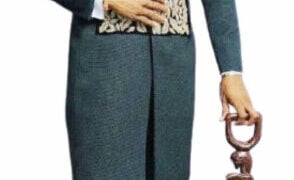Introduction:
In the realm of traditional African fashion, few garments are as iconic and distinctive as the Babariga, also known as Agbada. This regal attire, characterized by its flowing robes and intricate embroidery, has been worn by men across West Africa for centuries. Today, the Babariga continues to captivate fashion enthusiasts with its timeless elegance, making a bold statement that sets men apart from the crowd. In this article, we delve into the world of Babariga styles, exploring their rich history, unique features, and how they continue to evolve in the modern fashion landscape.
The Rich History of Babariga:
The Babariga has a storied history, deeply rooted in the cultural heritage of Nigeria, Senegal, and other West African countries. Traditionally, it was worn by nobles and aristocrats as a symbol of wealth, power, and prestige. The intricate embroidery and vibrant colors showcased the wearer’s social status and served as a form of artistic expression. Over time, the Babariga became more accessible to the general population, evolving into a garment that represents cultural pride and identity.
Unique Features That Define Babariga Styles:
One of the key features that make Babariga styles stand out is the voluminous, flowing nature of the attire. The robe-like garment is made from luxurious fabrics such as brocade, damask, or silk, which add a touch of opulence and grandeur. The Babariga is typically worn over a matching pair of trousers and a long-sleeved shirt, creating a layered and regal look. However, it is the intricate embroidery and embellishments that truly set Babariga styles apart. Elaborate designs, often depicting traditional motifs and symbols, are meticulously hand-stitched onto the fabric, showcasing the skill and craftsmanship of the artisans.
Modern Interpretations and Evolving Trends:
While the essence of the Babariga remains unchanged, modern designers have embraced the garment, infusing it with contemporary elements to cater to evolving fashion tastes. Today, you can find Babariga styles in a wide range of colors, patterns, and fabrics, allowing men to express their individuality and personal style. Some designers have even incorporated Western influences, such as slim-fit cuts or shorter lengths, to create a fusion of traditional and modern aesthetics. This blending of old and new ensures that the Babariga remains relevant and appealing to younger generations.
Wearing Babariga: Occasions and Styling Tips:
Babariga styles are versatile and can be worn for various occasions, from weddings and cultural events to formal gatherings. When choosing a Babariga, it is essential to consider the event’s formality and your personal style. For a classic and sophisticated look, opt for a monochrome Babariga in rich hues like royal blue, deep red, or emerald green, paired with matching trousers. To make a bold statement, choose a Babariga with vibrant patterns or contrasting colors. Complete the ensemble with traditional accessories like a cap, embellished shoes, or a walking stick, adding an extra touch of elegance.
Conclusion:
The Babariga, with its timeless elegance and rich cultural heritage, continues to stand men out in the fashion world. Its flowing robes, intricate embroidery, and regal aura make it an attire that exudes confidence, sophistication, and cultural pride. Whether worn for traditional ceremonies or modern events, the Babariga remains a symbol of African heritage and a testament to the enduring beauty of traditional fashion. Embrace the Babariga, and let its unique style set you apart in a sea of sartorial choices.





